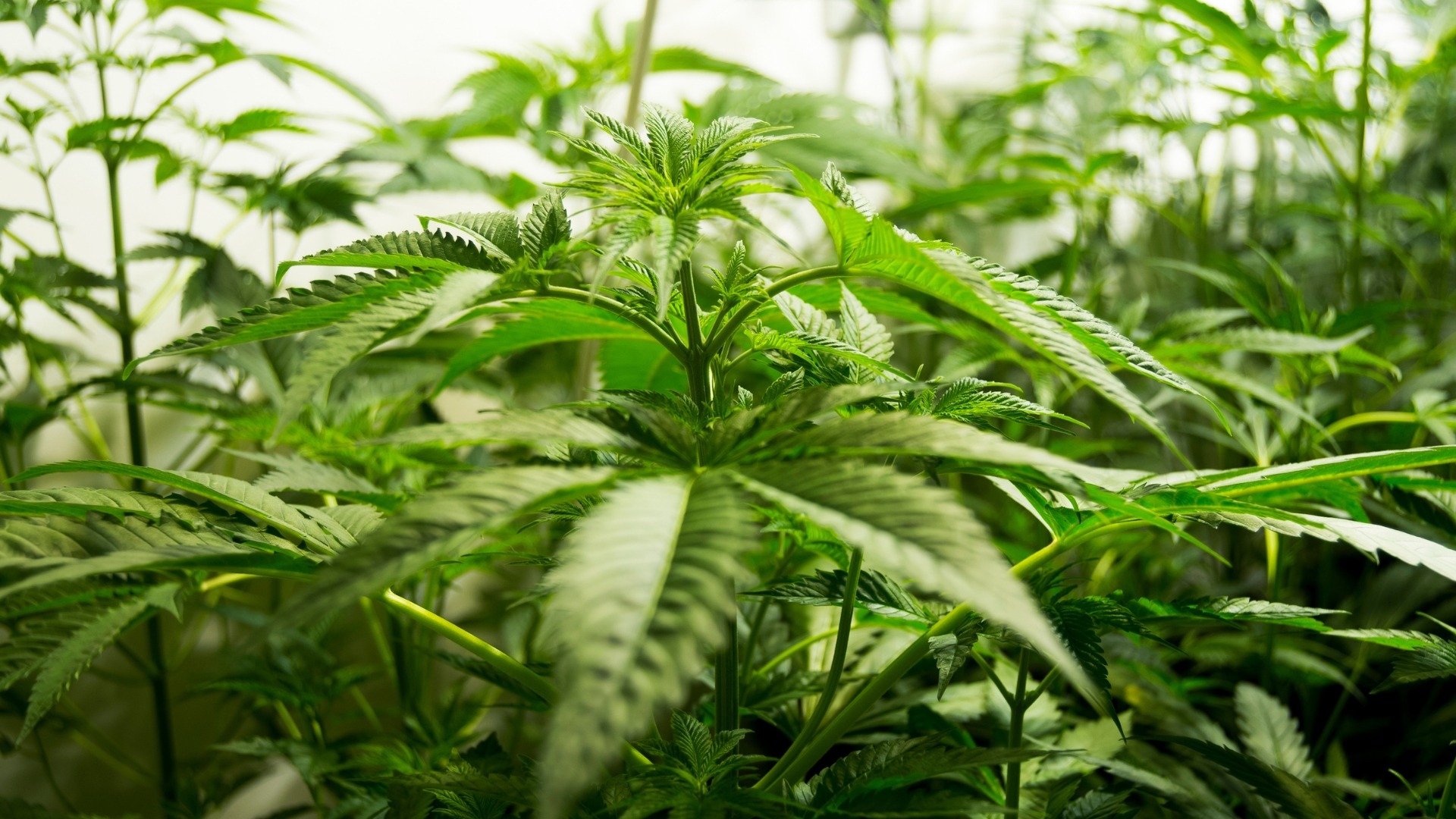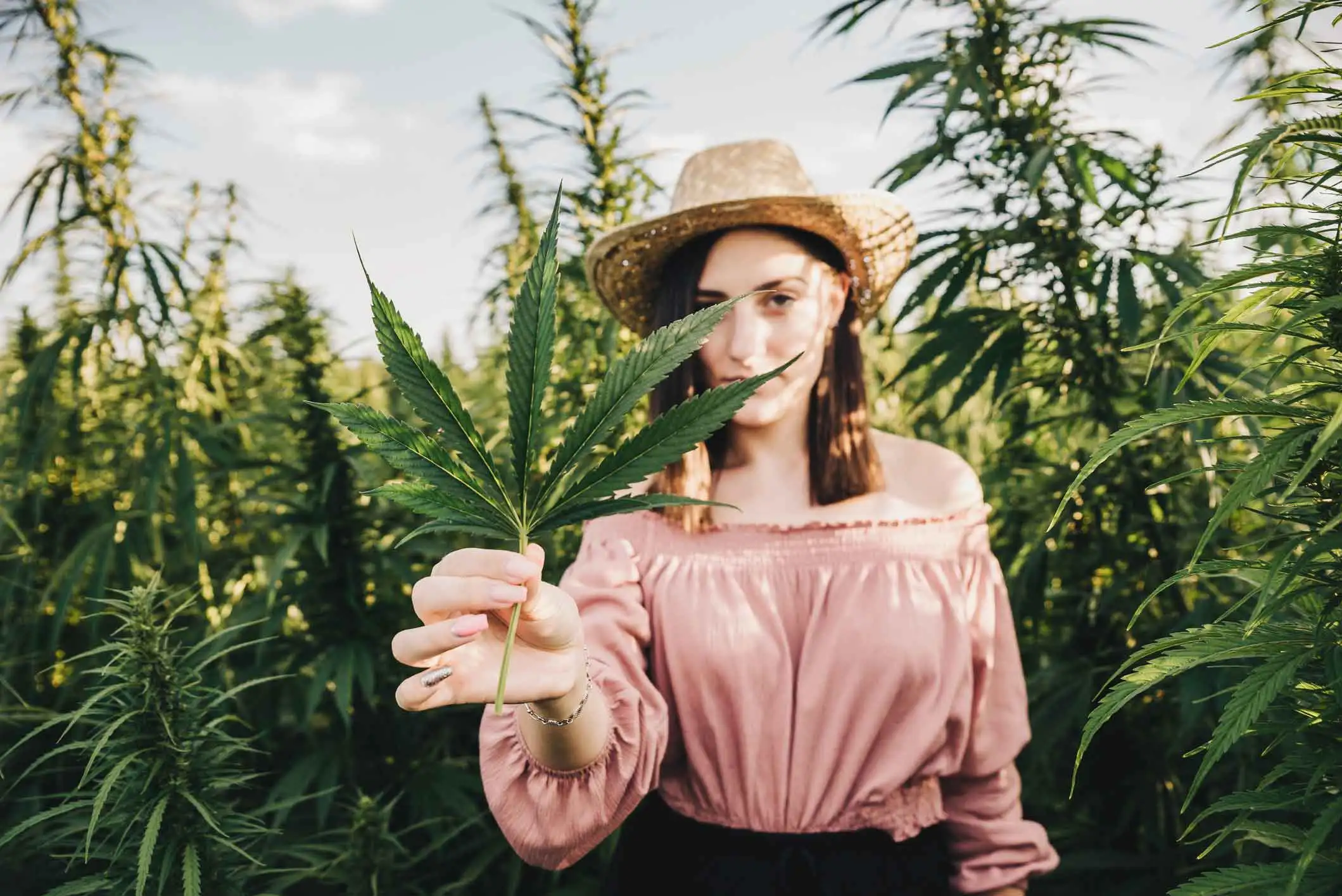Introduction:
Cultivating cannabis is an art form that requires careful attention to detail and various techniques to achieve optimal yields. One such technique that has gained popularity among growers is leaf tucking. By strategically positioning and manipulating leaves during the vegetative stage, growers aim to maximize light penetration, promote airflow, and ultimately increase the overall yield of their cannabis plants. In this article, we will explore the concept of leaf tucking, its benefits, and how to effectively implement it in your cannabis garden.
Understanding Leaf Tucking:
Leaf tucking is a low-stress training (LST) technique used to shape cannabis plants and enhance their overall structure. It involves gently tucking fan leaves or larger shade leaves to expose lower branches and budding sites to direct light. By doing so, growers can optimize light distribution throughout the canopy, allowing for better photosynthesis and improved bud development.
Benefits of Leaf Tucking:
- Enhanced Light Penetration: Cannabis plants require ample light to maximize photosynthesis and produce healthy buds. Leaf tucking ensures that light reaches lower branches and bud sites that would otherwise be shaded by larger leaves. Increased light exposure promotes bud development, leading to higher yields and better overall quality.
- Improved Airflow and Reduced Humidity: Tucking leaves opens up the canopy, allowing better airflow throughout the plant. This airflow helps prevent the development of excess moisture and reduces the risk of mold and mildew formation. Adequate airflow also aids in transpiration, preventing excessive humidity build-up that can negatively impact plant health.
- Balanced Canopy Development: By tucking larger leaves, growers can encourage lower branches to catch up with the growth of the main colas. This technique promotes a more even canopy, ensuring that all parts of the plant receive similar light intensity. It also helps prevent the dominance of the main cola, leading to a more uniform bud size and density.
Implementing Leaf Tucking:
- Timing: Leaf tucking is typically performed during the vegetative stage when the plants have several sets of true leaves. It is essential to be gentle and avoid causing any damage to the plant during the process.
- Identifying Target Leaves: Look for larger fan leaves that may be shading lower branches or bud sites. These leaves should be gently tucked, ensuring that they remain in contact with the stem and do not fold or crease excessively.
- Positioning: Carefully tuck the selected leaves between other branches, allowing light to reach the lower parts of the plant. Be mindful of not over-tucking or creating excessive stress on the plant.
- Monitoring and Adjusting: Regularly monitor the plant’s response to leaf tucking. Adjust the tucking as the plant continues to grow, ensuring that all bud sites receive adequate light and airflow.
Conclusion:
Leaf tucking is a simple yet effective technique that can significantly improve the yield and quality of cannabis plants. By strategically positioning leaves to maximize light penetration and promote airflow, growers can create an optimized canopy that allows for healthy bud development throughout the plant. Remember to approach leaf tucking with care and monitor the plant’s response to ensure a successful outcome. With practice and attention to detail, leaf tucking can become a valuable addition to your cannabis cultivation toolkit, ultimately leading to more bountiful harvests.











